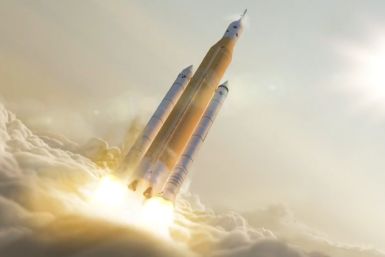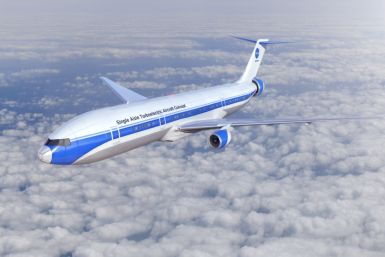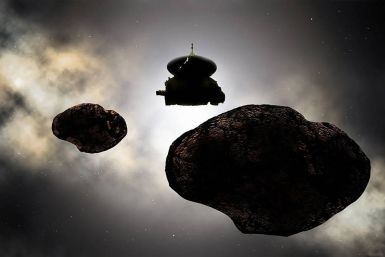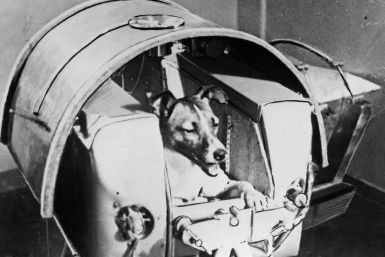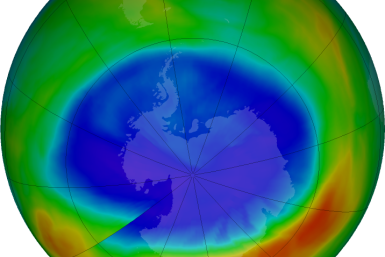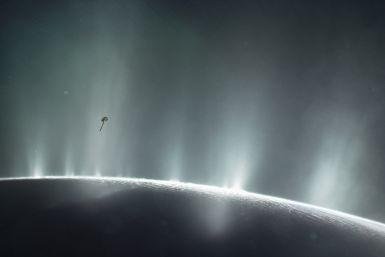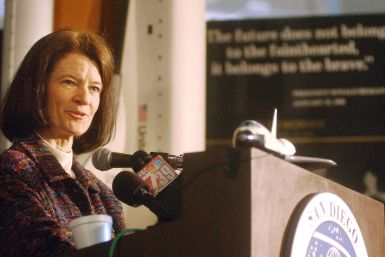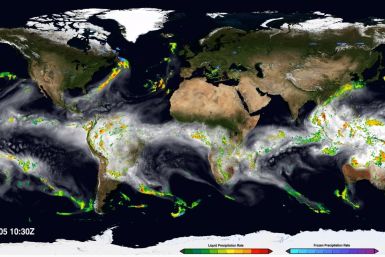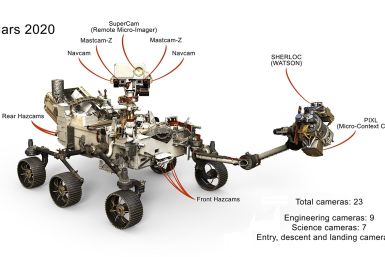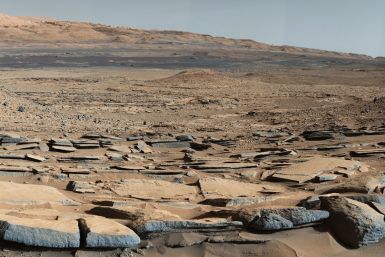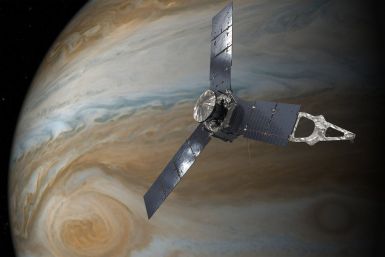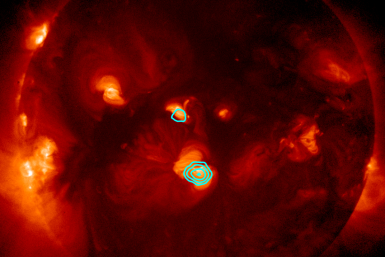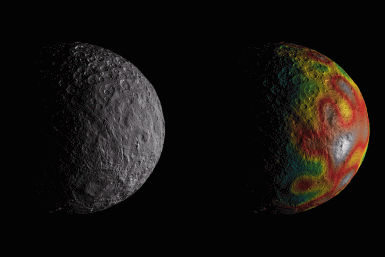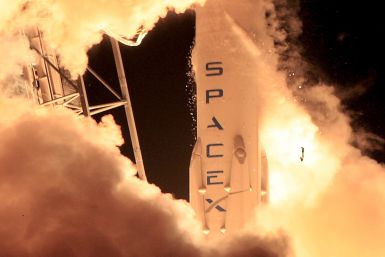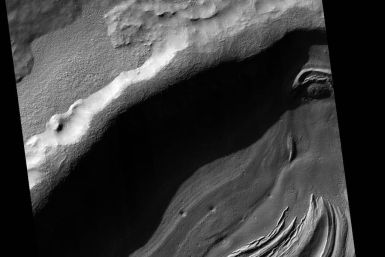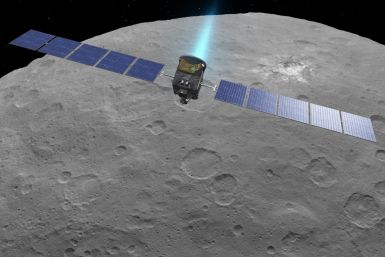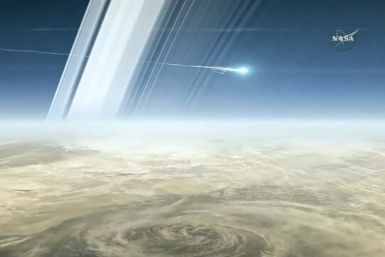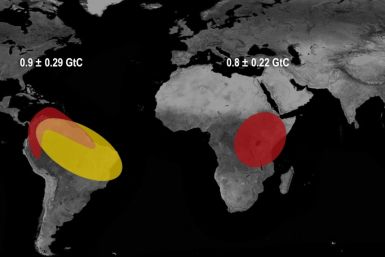The first configuration of the Space Launch System (SLS) vehicle, called Block 1, will use twin five-segment solid rocket boosters and four RS-25 liquid propellant engines.
The companies hope flying cars can be a reality by 2020. Dallas and Dubai will be the first cities to test the technology, followed by Los Angeles.
Nasa's New Aviation Horizons initiative is working on making commercial aircraft more efficient and less noisy.
The AFSPC has also been working closely with the NRO to develop a fleet of spacecraft by 2030, which could detect, deter, and if needed even destroy threats in space.
After the historic flyby of Pluto two years ago, New Horizons is on its way to a large, but rather unimaginatively named, rock called 2014 MU69.
"These are the most comprehensive parallel observations of Comet 96P yet," Nasa said.
On 3 November 1957, straight dog Laika became the first dog to ever orbit the Earth aboard Sputnik 2, and the first living being to ever do so.
Nasa and NOAA have found that the hole over the Antarctic ozone layer is at its smallest since 1988, but it is caused by climate and not by reduced depletion.
Enceladus, Saturn's sixth largest moon, is one of the places in the solar system that could potentially harbour life as it holds liquid water, says Nasa.
These are the stories of the scientists featured in the Lego Women of Nasa set: Nancy Grace Roman, Margaret Hamilton, Sally Ride and Mae Jemison.
Nasa has estimated the impact of atmospheric rivers on global climate, including rain, floods and droughts.
Camera technology has grown rapidly over the last decade and Nasa intends to make full use of it by equipping its next rover with high-quality imaging gear.
The surface of Mars suggests that it was moved around and formed by flowing water, but there has never been enough water on the planet to do this.
Nasa's Juno mission has been hard at work collecting data for scientists to study. Here are a few revelations that Juno has made over the last few months.
There are several observatories and space missions that are dedicated to observing the sun and studying space weather.
Ceres is the largest rock in the asteroid belt and one of the candidates for finding life in the solar system.
The December mission will mark the first flight from the refurbished launch pad SLC-40 since the explosion.
Sand dunes on Hellas Planitia have large, linear scratch marks on its sides at high latitudes.
The space probe will manoeuvre itself into a new orbit which is closer to Ceres' surface in order to get new insights about the dwarf planet.
Scientists studying Cassini's data have found that Titan's atmosphere has several toxic cloud formations containing hydrogen cyanide and benzene over its South Pole.
Nasa found that heat and droughts in the tropical regions of Africa, Indonesia and South America are responsible for the surge in the release of atmospheric CO2.
Following Cassini, Nasa needs a new mission to look for life on Saturn's mysterious moons.






